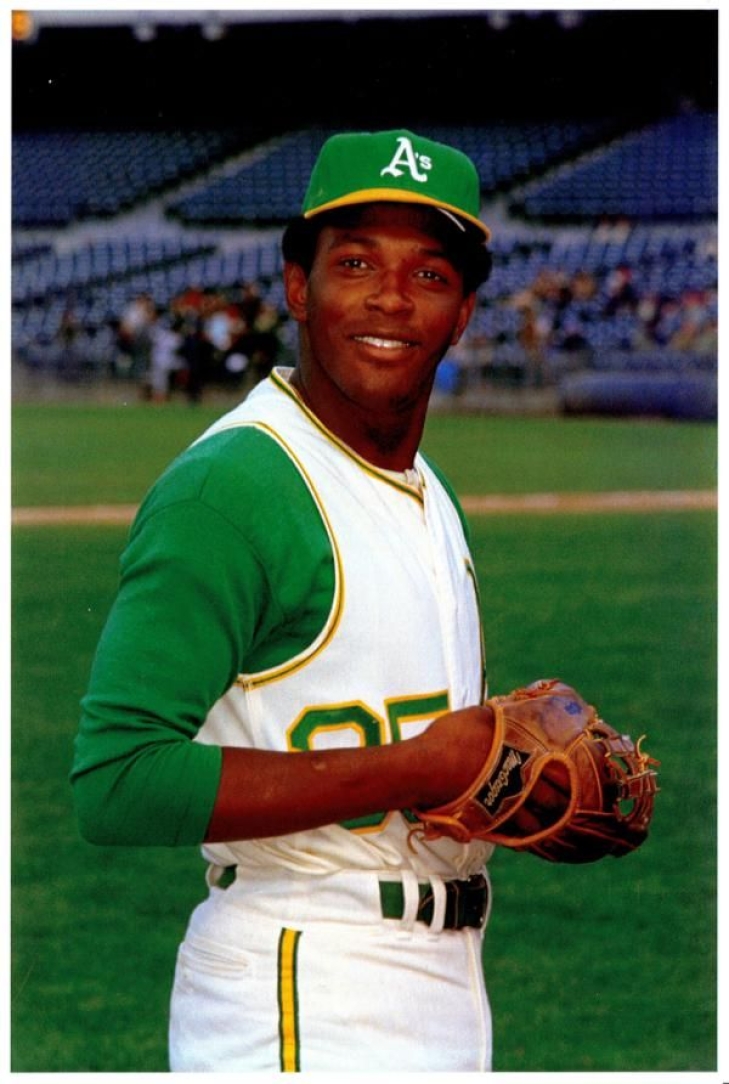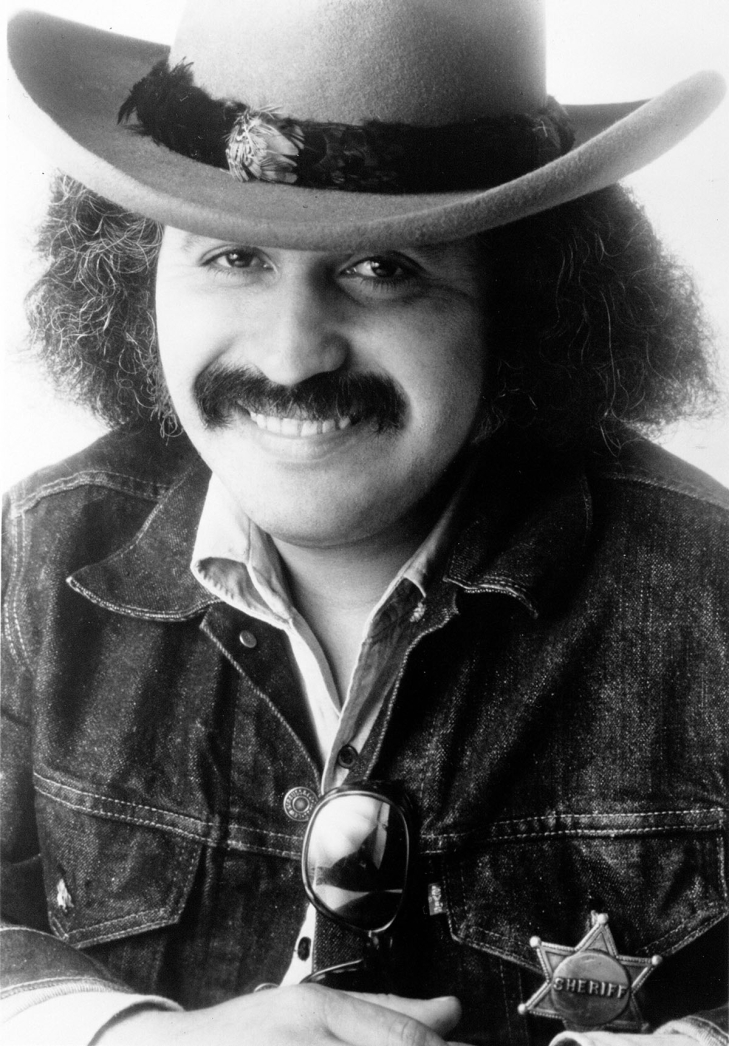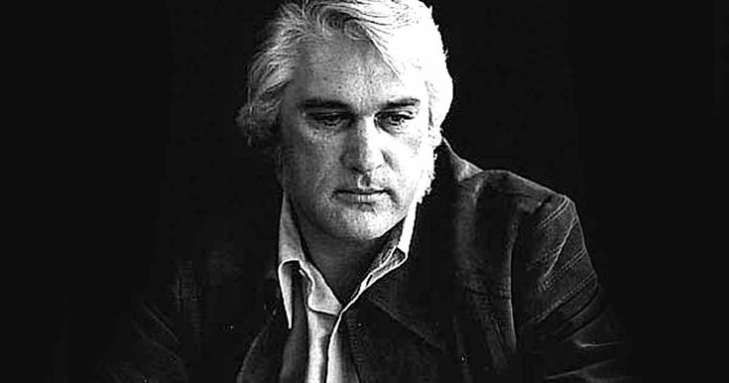
Committee Chairman
RIP: Vida Blue
One of the most recognized southpaws of the 1970s, Vida Blue, passed away yesterday at the age of 73.
Debuting in 1969, where in his 12 Games in Oakland, he was ineffective with a 6.64 ERA. His 1970 callup was different with a 2-0 record over six starts and a pair of Shutouts. 1971 was one of the best seasons ever for an Oakland A’s Pitcher.
1971 was the year where he went 24-8 with 301 Strikeouts and led the American League in ERA (1.82), FIP (2.20), and WHIP (0.952). Blue won both the MVP and the Cy Young, and he was part of what became an elite franchise in the AL. While Blue would have ups and downs afterward, but the ups were very special. Blue was an anchor on the A's staff, helping them win three straight World Series Rings (1972-74), and while he was with Oakland, he was a three-time All-Star. In addition to his Cy Young, he had three other top ten Cy Young finished as an Athletic.
In 1978, Blue crossed the bay and switched leagues to play for San Francisco, where in his first year there, he was an All-Star again and was third in Cy Young voting. He went to two more All-Stars with the Giants, and after a stint with Kansas City, he returned to San Francisco, where he played two final years before retiring in 1986.
Blue left the game with a 209-161 record and 2,175 Strikeouts.
We here at Notinhalloffame.com would like to extend our condolences to the fans, family and friends of Vida Blue.
32. T.G. Sheppard
When William Browder was born in Humboldt, Tennessee in 1944, he and his parents probably never expected him to turn into a very successful country singer going by the name of T. G. Sheppard. At the age of 15, William dropped out of high school and ran away from home to join the music industry in Memphis. He signed with a record label in the mid-1960’s, but none of those singles became hits so that was over fast. He worked lots of behind-the-scenes jobs in the industry around this time. While working as an executive at RCA Records, he signed a new recording contract with a small label named Melodyland. He did not want to jeopardize his job at RCA while signing with a competing label, so he made the decision to choose a stage name for himself. He ended up deciding on T. G. Sheppard. It was at this small label where his career as a country music hitmaker began. Getting a number one with his very first song was a good sign, and he ended up continuing to get hit songs for a full 15 years. His radio dominance came to an end when the “Class Of ‘89” came in a started the next generation of country singers. His chances of getting inducted anytime soon are very slim, but T. G. has a great catalog of songs. It would be nice to see him in the Hall, but probably not happening right now.
22. Freddy Fender
Born Baldemar Garza Huerta in Texas in 1937 to migrant labourers, he began playing music early in his childhood. He made his debut radio performance at the age of 10. By 1957, he became known as El Bebop Kid and focused on rockabilly music playing Spanish versions of Elvis Presley and Hank Williams songs (and becoming popular in his area). In 1958, he legally changed his name to Freddy Fender, thinking it would “sell better to Gringos”. While in Baton Rouge, Freddy was arrested for marijuana and spent almost three years in prison. Then Louisiana governor (and Country Music Hall Of Famer) Jimmie Davis pardoned him on the condition he stay away from music while on probation. After parole ended it took a while to get his career started again. In 1974, while working as a mechanic, he signed a recording contract with a small local label. The label head convinced him to go in a more country direction with touches of his Hispanic heritage. Against all odds, the first single he released turned into a number one country and pop hit. He then had a string of hits, sold millions, won awards and then his radio career faded a few years later. Later in his career he joined different bands and got two Grammy awards. Although he passed away in 2006, he was quoted in 2004 as saying he wanted to be the first Mexican-American singer inducted into the Country Music Hall Of Fame. That goal is still attainable. Will it happen for him one day?
23. Charlie Rich
He may have been born to cotton farmers, but Charlie Rich certainly had musical influences around him. His parents performed gospel music at their church, and a black sharecropper man taught him to play blues piano. This would explain his eclectic musical styles he would perform throughout his entire career. In 1956, he and his wife moved to Memphis where he would write songs and perform R&B and jazz in the clubs. From 1958 until the late 1960's, he signed with four different record labels in a row trying and failing to find hits. Each label wanted him to try out a different style like soul, traditional country and rock & roll. In 1967, Epic Records took a chance on him, even though he had a trail of unsuccessful songs up to that point. His new producer got him to try the “Nashville Sound”, a style popular at the time for smooth strings and orchestras. This was finally the key to get him hits, and he certainly made up for lost time. His album sold millions, he got multiple hits, he got the nickname “Silver Fox” and he won ACM, CMA and Grammy awards. He had a stretch of popular songs for a couple years, then caused an incident at the 1975 CMA awards that turned some people off. That quickly slowed down his success, though he would still get a few more hits into the 1980’s. But by 1981, he decided to retire and just live off of what he had made up to that point. He passed away in 1995, but his legacy should be enough to someday welcome him to the Hall Of Fame.





